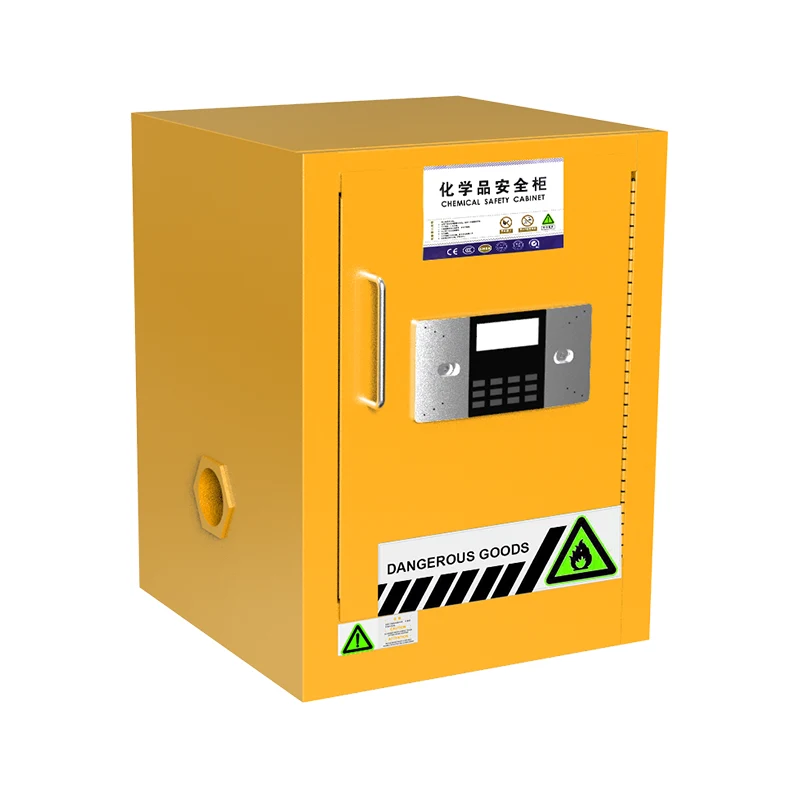Chemical Storage Cabinets Are Not Ordinary Cabinets. If Used Incorrectly, They Can Turn into "Time Bombs" In Minutes!
2025-07-22
First, you need to distinguish between acids and alkalis, just like the separation of raw and cooked in the refrigerator. Acidic chemicals and alkaline chemicals must be stored in separate cabinets, otherwise they will "fight" and produce toxic gases, which will be troublesome. Flammable liquids must be stored in separate explosion-proof cabinets, and ordinary cabinets cannot hold them.
Secondly, pay attention to placement skills. Put heavy ones at the bottom and light ones at the top, just like supermarket shelves. Liquids should be held in leak-proof trays, so there is no need to worry if they flow out. Never fill the bottles too full, leave some space for them to "breathe".
Labels are the "identity cards" of chemicals. Each bottle must be clearly labeled with the name, concentration, hazard signs, and expiration dates. Change the labels quickly if the handwriting is blurred, and don't wait until something happens to regret it.

Temperature and humidity control is very important. Some chemicals are afraid of heat, so you have to turn on the air conditioner in summer; some are afraid of moisture, so you need to put desiccant. It is best to equip a thermometer and hygrometer for real-time monitoring, and deal with problems in time when they are found.
Finally, let's talk about daily management. Return the cabinet to its original location immediately after use, and do not leave it lying around. Check once a month, and deal with leaks and deterioration immediately. The key must be kept by a designated person, and no one can open the cabinet at will.
Remember these points, and the chemical storage cabinet can truly play the role of a "safe". Safety is no small matter, so don't try to save trouble!
As a professional manufacturer and supplier, we provide high-quality products. If you are interested in our products or have any questions, please feel free to contact us.


